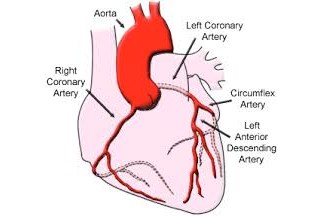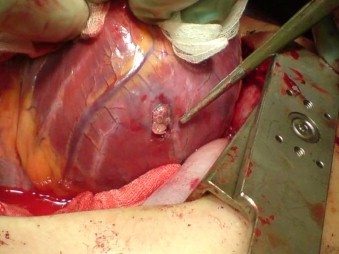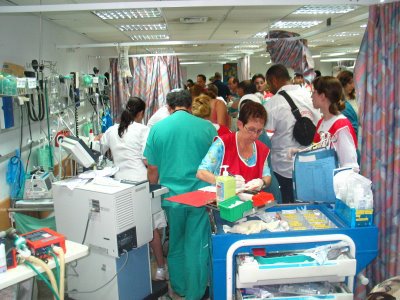One Physician’s Advice to the New Grad
To the Class of 2016 – Congratulations!! You’ve made it. After at least 11 years of post-high school education, you have finally reached that proverbial finish line and are ready to transition from resident to attending. What I would like to share with you is some advice about what life is like on the other side. Now that you have finished residency, it’s safe to say that you know the medicine really well. But, I have come to find that your learning about life as a professional is just beginning.
One Physician’s Advice to the New Grad Read More »







